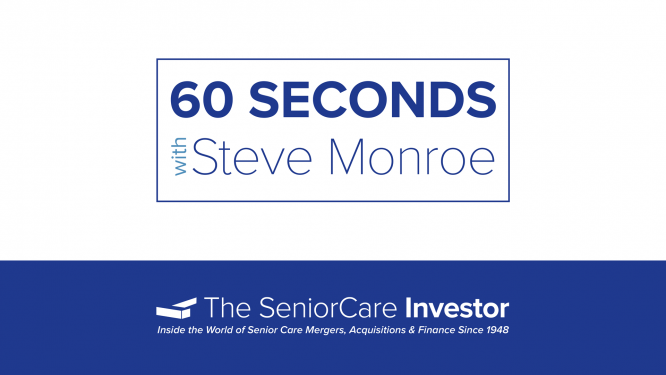With assisted living occupancy now at an eight-year low, the reasons seemed very obvious a few years ago.
I am a hoarder. I like to keep reports, articles, magazines and anything else of interest pertaining to seniors housing and care.
So, last night I was cleaning up some papers stacked in my office and came across one of Jerry Doctrow’s first blogs since retiring from Stifel Nicolaus in 2015. Dated January 6, 2016, it was called, “Why Near-Term Trends Could Spell Trouble for Senior Housing.” As I re-read it, all I thought was, why didn’t more people see the problem back then?
NIC MAP had just come out with its most recent quarterly data on occupancy and construction, and while not criticizing NIC, Jerry challenged the assumptions in place at the time on population growth and penetration rates.
He was concerned because all of the industry analysis had been done based on the growth of the 75+ age cohort, and much of near-term growth was in the 75-79 age bracket, not a huge customer base. This was a problem for him because the average age of entry was increasing, which did not bode well with near-term demographics. Finally, the high turnover of senior living residents (462,000 annually) meant that the new communities would be more competitive than older ones to replace those move-outs.
His solution? Limit new development in the near term and focus on high-barrier-to-entry markets. Too bad people didn’t listen.


